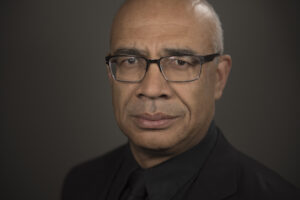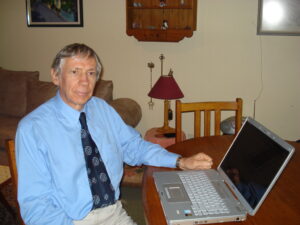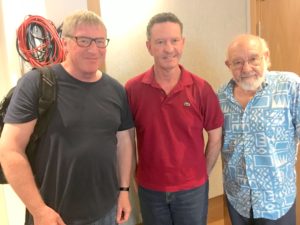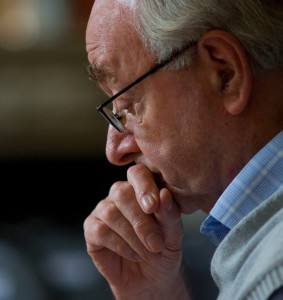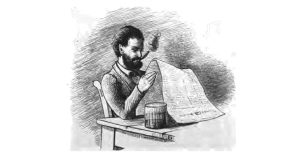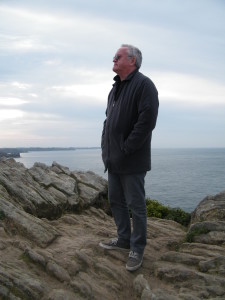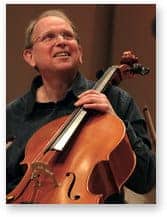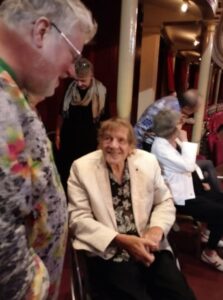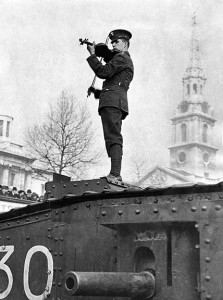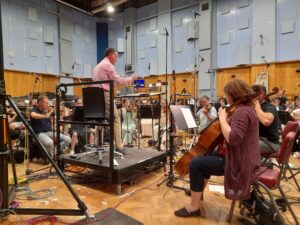Search Results for "NS0-701 Latest Exam Testking 😆 Exams NS0-701 Torrent 🐣 Clearer NS0-701 Explanation 🏜 Go to website ▶ www.pdfvce.com ◀ open and search for ▛ NS0-701 ▟ to download for free ✏NS0-701 Valid Exam Preparation" – Page 10
Rebels without a cause?
Is there really music after midnight? At Classical:NEXT in Rotterdam at the end of May I attended a panel discussion entitled ‘Music after Midnight’. I…
A Radio Presenter’s Experience
I had long harboured the desire to present a radio programme. Years of growing up with radio in the 1950s had exposed me to mostly…
A Violist’s Bucket List
I am so happy to be able to participate in the Toccata blog and tell you a little about the two albums that have been…
Not Just Another Piano CD
You may be thinking, ‘Oh not another piano recording’! But I believe that all piano albums are different. I have been writing music for over…
My Relationship With The Piano — The Briefest of Histories
I started making up melodies, harmonies, rhythms and colours on the piano before I could read and write. But my real love affair with the…
Reflections on Recording The Rosner ‘Requiem’
It has given me so much pleasure to read the wonderful reviews of the Rosner Requiem recording, where discerning critics have enthusiastically endorsed the great…
John Kinsella: A Tale of Two Symphonies
My Symphonies Nos. 5 and 10 were premiered eighteen years and a millennium divide apart, in 1994 and 2012. They were also written in very…
Orlando Jacinto García — A Project Realized: Three Orchestral Works on Toccata Classics
My new Toccata Classics CD is a labor of love and, as with many such projects, came together through the support of a number of…
Some Thoughts on My First Volume of Philipp Scharwenka’s Piano Music
My contact with Philipp Scharwenka’s music came from my in-depth study of the great Portuguese pianist José Vianna da Motta (1868–1948), who, at the age…
Steve Elcock Orchestral Music IndieGoGo
Help to make the first recording of Steve Elcock’s Orchestral Music a public release by funding the IndieGoGo campaign: After writing music for over 25…
David Gorton’s “Variations on John Dowland” Reviewed on BBC Radio 3
Order Now Andrew McGregor and Kirsten Gibson talking on Record Review, BBC Radio 3, broadcast Saturday 18 March 2017: Kirsten Gibson reviews a collection of…
Recording David Hackbridge Johnson in Liverpool
I’m just back from a thrilling two days in Liverpool conducting the first-ever recording of the music of David Hackbridge Johnson. Indeed, these were not…
Farewell, Sasha
This morning news came through of the death, yesterday evening, 31 January, of Alexander Ivashkin, scholar, academic, conductor and, above all, wonderful cellist. Word got…
A Conversation with Per Nørgård
The death of Per Nørgård on 28 May 2025, at a grand old 92, sent me to my ‘article bank’, to look over my writings…
Tully Potter on the Tully Potter Collection
Tully Potter is not only the author of the massive Toccata Press biography of Adolf Busch (currently out of print but undergoing preparation for a…
Raising Rosner’s Profile: More Music on the Way
There are now five volumes of the music of the New York-based Arnold Rosner (1945–2013) on Toccata Classics: three of orchestral music, one of chamber…
Stay In the Know
JOIN THE TOCCATA NEWSLETTER
"*" indicates required fields
This site uses cookies for analytics and to improve your experience. By clicking Accept, you consent to our use of cookies. Learn more in our privacy policy.


